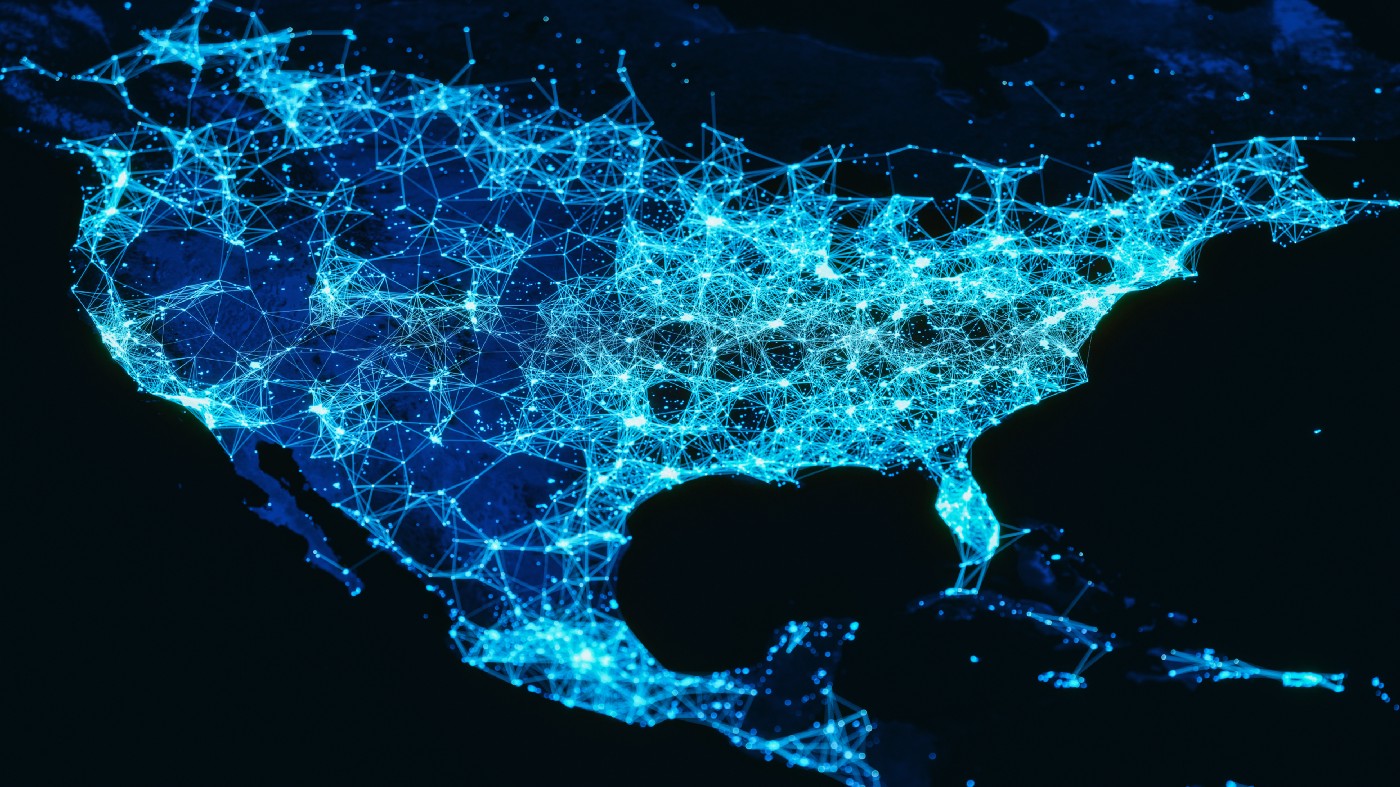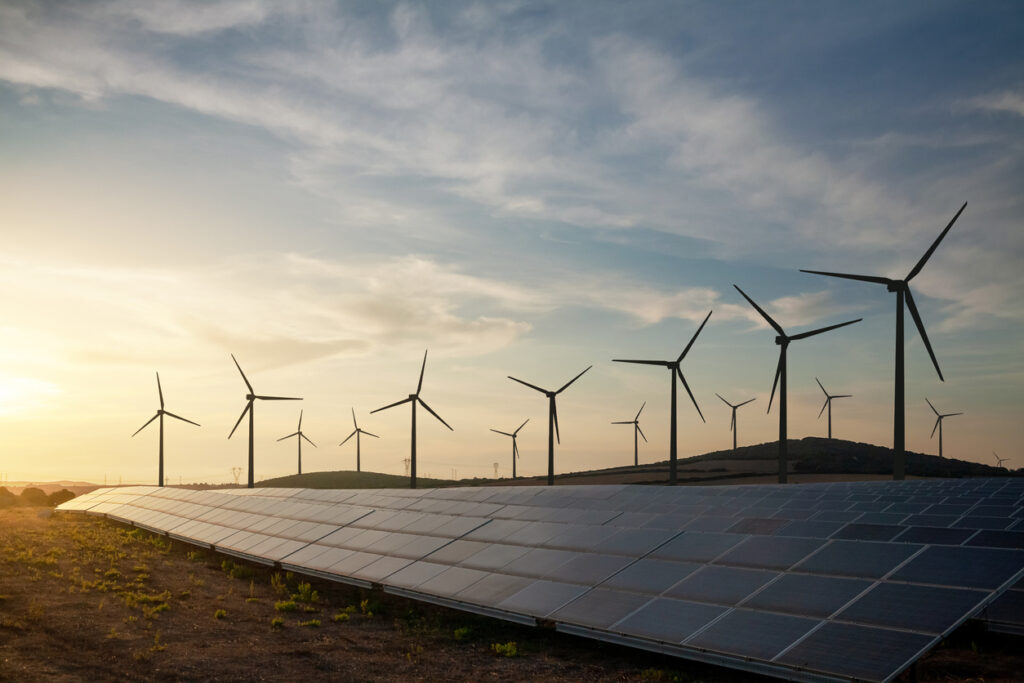by Nicola Phillips, Copywriter
Investments in renewable energy are on the rise. According to Bloomberg, $755 billion was invested globally in renewable projects in 2021 alone, a 27% increase from 2020. But new investments don’t always translate to more renewable energy being put to use.
The disconnect between investment and energy use happens in part because of energy’s covariance — the joint variability of two otherwise random variables, supply and demand (generation and load).
Energy covariance becomes problematic when periods of high generation align with periods of low demand, or vice versa. High concentrations of renewable energy on the grid exacerbate this risk because renewable generation is volatile and outside of human control. The sun shines when it shines; the wind blows when it blows. There is no stockpiling of renewables for later use.
Intermittent energy production demands a flexible load in order to avoid massive waste. Soluna’s modular data centers provide that flexible load, responding dynamically to fluctuations in supply and demand.
Renewable power producers tend to cluster in areas with a lot of wind or a lot of sun or both, for obvious reasons. So when the wind is blowing, all their wind turbines are spinning and all their respective plants are generating electricity.
The acceleration of renewable sources increases grid congestion. So how do we encourage the production of more renewables without breaking the grid?
This challenge is compounded by the fact that the U.S. has operated on the same electrical grid for more than a century. This grid wasn’t built to handle the sheer magnitude of electrons we’re now capable of producing. At a certain threshold, the grid will overload.
There are three stops on electricity’s journey from conception to deployment:
- generation (energy is drilled, extracted, captured, etc);
- transmission (it gets shipped, trucked, or otherwise transported to its destination);
- distribution (to us, its end-users).
Congestion occurs between generation and transmission. We might not be able to see electrons with the naked eye, but they congest like any other physical thing. You can think of electrons overloading the grid in the same way you’d imagine water overloading pipes or cars overloading a highway. Too much of something in the same place at the same time causes crowding.
Transmission has the potential to help alleviate this issue by moving electrons away from points of congestion toward points of scarcity. But again, the grid is old and outdated. Transmission updates are costly and time-intensive (they take many, many years).
Transmission’s potential in the U.S. is also hindered by the structure of our grid.
We often refer to it as the grid, but the U.S. electrical grid is actually split up into three grids: the Western Interconnection (which includes Alaska but not Hawaii); the Eastern Interconnection (which cuts a line down the western edge of Texas, straight through Montana, Wyoming, Colorado, and New Mexico); and the Electric Reliability Council of Texas (ERCOT, which is, as the name would suggest, Texas).

These three grids operate independently of one another; each has its own rules and peculiarities. Within these three main grids, the electrical grid is further segmented into independent system operators (ISOs) and regional transmission organizations (RTOs). Across North America, there are nine different ISOs and RTOs currently in operation.
The lack of one national grid increases covariance risk, because the states or regions that generate the most wind and solar energy are often not the ones that have the highest electricity demand.
ERCOT is particularly precarious because it’s cut off from the rest of the country. If gigawatts of energy are produced in western Texas but there’s no demand for it, the energy can’t be sent north or west to Colorado or New Mexico, the obvious candidates, because there’s no infrastructure in place to facilitate that transmission. And if Texas itself is in desperate need of electricity (as happened, for example, in February 2021), then we see ensuing blackouts.
ERCOT’s unusual structure, coupled with prodigious amounts of wind and sun in Texas, has also attracted flocks of new energy developers to the state.
Two decades ago, ERCOT deregulated Texas’s electricity industry. Now, the price of energy in the state depends not on external regulators but only on simple market dynamics: the relationship between supply and demand. During periods of high generation and low demand, this results in negative pricing; literally, power producers will pay the grid in order to offload the energy that they produced to sell for profit.
When generation exceeds demand, power producers are left with two bad options: sell back to the grid at a negative price, or curtail.
This energy, the negative-priced or curtailed energy, is what we at Soluna have our eye on.
Soluna’s solution provides an additional load that offsets that disparity between generation and demand and helps strengthen the grid.

We place a load right next to the point of generation, co-locating our data centers with wind and solar farms. In this way, we act as both a sponge for the excess energy being generated and an asset optimization solution for IPPs, an off-taker that will pay a positive price for that energy. Doing so removes the cost the producers would incur if they had to sell the energy back to the grid at a negative price, and provides them with an additional source of revenue that otherwise wouldn’t exist.
This is both an idiosyncratic solution and a structural one. Each power producer has its own pain points and individual needs. But grid congestion happens on a structural level. Alleviating the pain points of individual producers eases the overall burden of grid congestion and smooths the issue of covariance, making the grid a better piece of infrastructure, one that is less likely to break due to overloading.




